What Kind Of Soil Does Jade Plant Need? (+Best Soil Mix)
Jade plants are robust and attractive plants that can be grown indoors and outdoors. However, to grow your jade plant bushier and healthier, they need to be potted in the right kind of soil mix.
Choosing a good soil mix could be mind-boggling considering the vast range of products available in the market. So, let’s learn what kind of soil is right for your jade plant?
Jade plants do well in well-drained, aerated, and grainy types of soil. For an ideal mix, choose any succulent soil and add a part of organic matter like compost or worm castings to meet the nutritional requirement of your jade plant. Avoid garden soil as it is too heavy for a jade plant.
Soil mix is the base of plants to not only last but to prosper. A suitable potting medium will help your jade plant with all the required nutrients, support roots, and boost the plant’s growth to its full potential.
We know the importance of soil mix for a plant, and even if you don’t know, we are here to make it easy for you. So, let’s dive right into it.

Please note: Simplify Plants is reader-supported. Some links in the post are affiliate links and I get a commission from purchases made through links in the post.
Things to keeping mind while choosing a soil mix
There are few things you need to keep in mind before choosing soil mix for your jade plant:
- Well-draining
- Grainy texture
- Nutrient-rich
- Aerated
Jade plants are succulents and do not appreciate overwatering, and above all, if the soil mix is not correct, the plant can even die.
This is why the very first condition of the right soil mix for your jade plant is well-draining to let the excess water drain out quickly.
A grainy texture is needed so that the soil doesn’t become clumpy. In addition, it will prevent clumps in the soil which generally develops due to sandy and rocky soil.
Jade plants have an extensive root system, and along with such soil mix, there are chances of leaning over. This is why grainy texture is essential in the soil mix of jade plants.
Jade plants need nutrient-rich soil mix to develop appropriately, especially when planted in a pot. In their natural habitat, they grow in sandy soil, which has very little nutritional value.
But growing them indoors will make them top-heavy due to such soil mix and also will not serve the plant to grow due to lack of nutrition.
You must aerate your jade plant’s soil mix because they don’t like wet feet, and the roots will not be able to breathe if the soil will stay wet for long, resulting in soggy soil and then root rot.
There should be a balance between drainage and water holding capacity in the soil mix of your jade plant.
Best soil mix for jade plant

With the above discussion, we now know that the soil mix should enable water and air to flow easily and should be nutrient-rich along with grainy texture.
Jade plants store water in their leaves and stems, so the soil mix should be well-draining.
Providing a soil mix that fulfills all the above-given qualifications will help your jade plants grow and develop healthy leaves and stems.
But just by thinking you can grow your jade plants in nutrient-rich and well-draining soil will not be enough. So we have experimented with some mixes to find the right combination for them.
The following soil mix recipe is ideal for your jade plants:
Recipe 1:
- ½ cup of coco chips
- ½ cup of coco peat
- ½ cup of pumice
- ½ cup of vermiculite
- ½ cup of agricultural lime
Recipe 2:
- Take two parts of the succulent mix
- Mix a small amount of organic matter like compost or worm casting
The first soil mix: The first soil mix will never fail your jade plant. You may find it quite complex, but it’s my favorite as it has everything the jade plant needs.
Here, we have mixed ½ cup of coco chips, ½ cup of coco peat, ½ cup of pumice, ½ cup of vermiculite, ½ cup of agricultural lime.
This mix is well-draining, nutrient-rich, and light-medium to grow your jade plant.
The second mix: This soil mix is simple, nutrient-rich, and great for growers not wanting too much bother.
This mix is made by mixing two parts of a succulent mix and a small amount of organic matter.
Organic matter helps the soil with nutrients, and succulent soil is great with drainage and aeration. Thus, a perfect mix!
Do jade plant like acidic soil?
Jade plants can grow happily in imperceptibly acidic or soil mix. In addition, they can grow in a wide range of pH levels ranging between 5.5 to 7.0.
Though the best pH level that your jade plant prefers is 6.0, anything close to this range will help them grow their best.
However, very low or high soil pH levels can result in nutrient insufficiencies in the jade plant. As a result, the leaves can burn, turn yellow and eventually die.
Do jade plant like cactus soil?
Jade plants are succulents that store water in their leaves and stem. Therefore, they need a soil mix that is not heavy, and cactus soil works great for them.
Jade plants like the cactus mix. However, it is advised to add organic matter to the cactus soil to improve its fertility.
When to repot the Jade plant?

Jade plants can stay root-bound, but leaving them root-bound for long can result in stunted growth and wilting of the plant. But what are the signs indicating that your jade plant needs repotting?
When the leaves and branches of your jade plant begin to look too heavy for the container, it is a good indication to move your plant to a larger home.
Repotting is essential to provide the root with additional space to grow and change the soil and add the fresh mix to increase the fertility in the soil.
The root system of the jade plant is small and shoal, unlike other succulents. As a result, they take 2 to 3 years to get bound, and the best part is they don’t have a problem if they have a slightly root bounded system.
Usually, it takes a year or two before your jade plants call for a larger home. Also, when repotting, take a pot one size greater than the previous pot.
For more established specimens and matured jade plants, you can wait up to 5 years before repotting them.
Repot in a larger pot with fresh potting soil to replenish the nutrients in the soil so that the plants absorb it to grow even better.
Fresh soil mix will provide your jade plants with a uniform supplement of nutrients and boost their growth.
Now, if you find slow or no growth of your jade plant, you must check with them. Look for the possible reasons and signs your plant might be showing that have gone unnoticed.
Some other signs shown by a jade plant when they are root bounded are:
- Soil drying up rapidly
- Jade plant showing signs of dehydration
- Roots coming out of the drainage holes
- Roots circling the bottom
- Stunted growth
- Pot is breaking down
- Yellow and brown foliage
What size of the pot is best for a jade plant?

Jade plants require the right side of the pot to grow. We have a clear answer for the right size of pot for them, but please keep in mind some things about the pot.
Jade plants have thick, woody stems and huge leaves, which, when grown, becomes top-heavy. Thus, two things to keep in mind are that the plant may become top-heavy and prefer dry and aerated soil.
We are addressing this to understand the type of pot your jade plant appreciates. Choose a pot with a sturdy base to support the plant’s weight and have a proper drainage system.
The pot size of your jade plant should be slightly larger than the diameter of the plant. For example, for a 5-inch plant, use a 6-inch pot, preferably a porous pot.
If your pot is the 4-inch size when planning to repot, repot in a 6-inch size pot that is 2 inches bigger and not any larger than that.
Choosing too big of a pot has it’s negative as well. So be mindful which repotting your jade plant. Also, make sure you use the right soil mix for the best result.
Also read: What happens when you put a plant in too big of a pot?
Final thoughts

Here we have compiled all the major facts and points, especially for readers directly jumping to conclusions.
Jade plants are succulents with shiny, thick foliage. They need adequate soil mix to flourish.
These plants are flexible to the various soil mix, but the best mix will be the one that is well-draining, aerated, and grainy.
If you are looking for a DIY mix then, you can mix ½ cup of coco chips, ½ cup of coco peat, ½ cup of pumice, ½ cup of vermiculite, ½ cup of agricultural lime.
Else, you can make a simple mix by adding 2 parts of a succulent mix and a small quantity of organic matter.
They like their soil mix to be slightly acidic, so keep that in mind. With that said, the given soil mixes are well-draining, aerated, light, and grainy, which is perfect for your jade plant.
We would encourage you to read the above article to ensure you do not miss any crucial points. We have also discussed the pot size to make sure you don’t use the wrong pot.
Also read: 9 Indoor Gardening Mistakes That You Didn’t Realize You Are Making
Source: NYBG, The University of Arkansas, University of Florida, Phytochemical and Antimicrobial Activity of Jade Plant, CABI, University of Minnesota, The University of Missouri.
Recommended Garden Supplies
| Product Image | Our Recommended Gardening Supplies | Check Offers! |
|---|---|---|
Top Top
Top
Top
Top
Top
Top
Top
Top | rePotme Houseplant and Tropical Classic Potting Soil Mix | Check Offer On Amazon |
 Top
Top
Top
Top
Top
Top
Top
Top | Espoma Organic Indoor Plant Food | Check Offer On Amazon |
 Top
Top
Top
Top
Top
Top
Top
Top | GooingTop LED Grow Light 6000K Full Spectrum Clip Plant Growing Lamp | Check Offer On Amazon |
 Top
Top
Top
Top
Top
Top
Top
Top | Soil Moisture Meter | Check Offer On Amazon |
 Top
Top
Top
Top
Top
Top
Top
Top | Govee Hygrometer Thermometer, Bluetooth Enabled! | Check Offer On Amazon |
 Top
Top | LEVOIT Humidifiers for Large Room(Best For Plants) | Check Offer On Amazon |
 Top
Top
Top
Top
Top
Top
Top
Top | Upgraded DIY Automatic Drip Irrigation Kit, 15 Potted Houseplants Support | Check Offer On Amazon |
 Top
Top
Top
Top
Top
Top
Top
Top | Stainless Steel Heavy Duty Gardening Tool Set | Check Offer On Amazon |
 Top
Top
Top
Top
Top
Top
Top
Top | Bonide Insecticidal Soap | Check Offer On Amazon |
 Top
Top
Top
Top
Top
Top
Top
Top | Bonide 32 oz Spray Neem Oil for Organic Gardening | Check Offer On Amazon |
 Top
Top
Top
Top
Top
Top
Top
Top | Garden Safe Fungicide | Check Offer On Amazon |

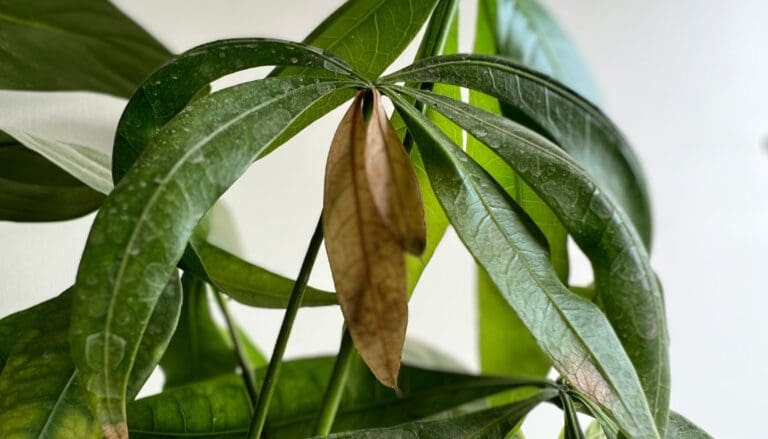
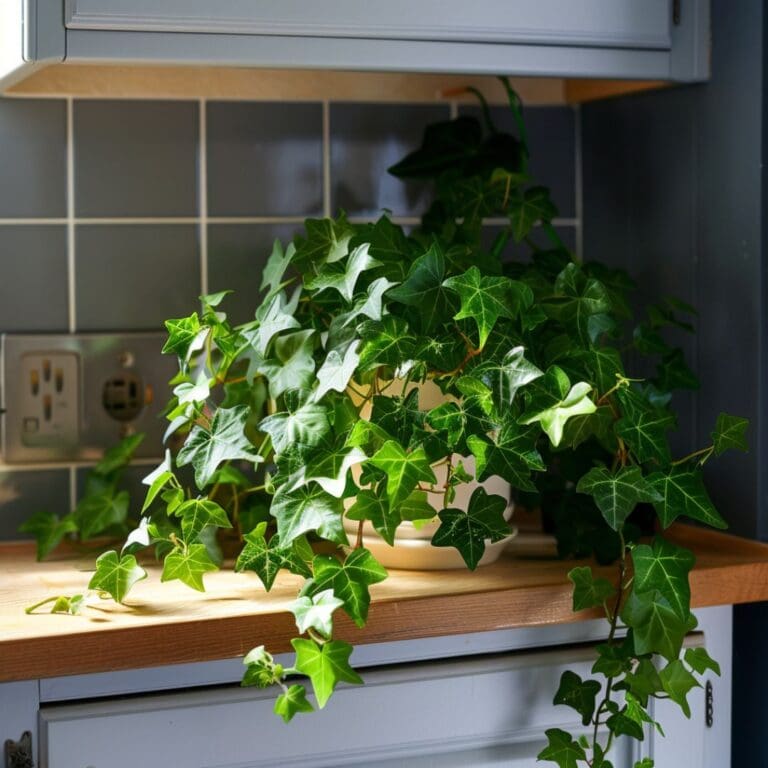
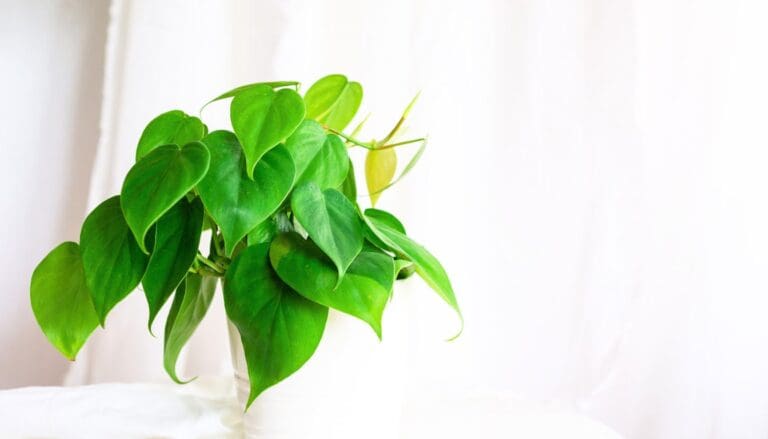
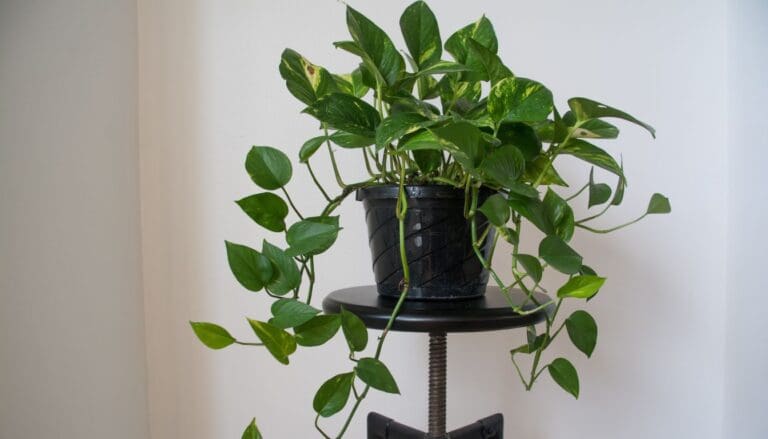
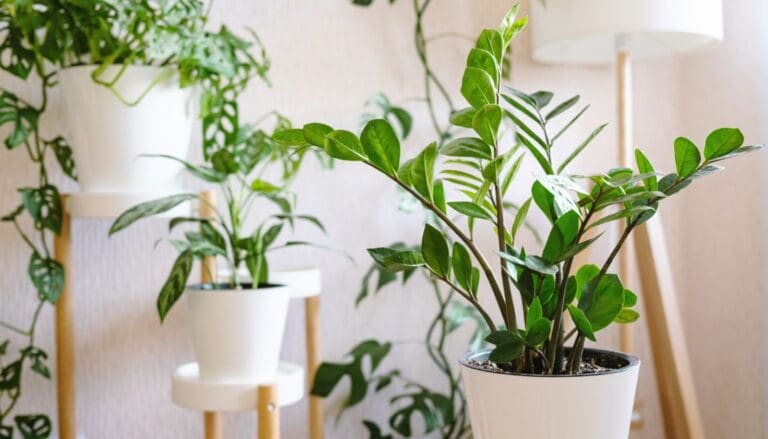

Is the amount of lime accurate it seems like alot?
Yeah this should be just fine.
It has worked for me in the past. however make sure to use agricultural lime only!